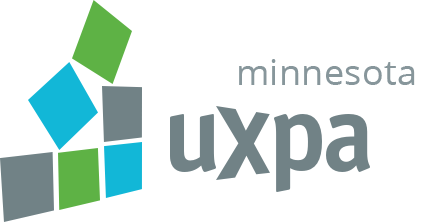MEMBER SPOTLIGHT
Carl

Tell me a little bit about your background and how you found yourself in UX?
My journey into UX research began with my undergraduate studies in psychology at the University of Minnesota Duluth (UMD). I had a psychology professor there who introduced me to Human Factors, which was what I had been looking for all along. I ended up pursuing the interest further and got my PhD in human factors at North Carolina State University.
Human factors and UX research share many similarities, especially in understanding how people interact with products. Human factors focus heavily on safety and physical product design, while UX research also borrows from market research, aiming to ensure business success through user-friendly products. Although I initially had an interest in physical products, I found myself gravitating toward software because of its flexibility and rapid development cycles.
Beyond the job description, what aspects of UX are you most passionate about?
My passion lies firmly in the research aspect of UX. I find immense satisfaction in the creativity required to gather meaningful data. Finding creativity in something pretty analytical is rewarding, it’s like solving a complex puzzle to find the right research design to get the data you need.
Can you share one of the most memorable experiences in your UX career? What made it stand out?
One of my most memorable projects was at Red Hat. The team came in with many assumptions about the product’s users. We did a lot of research to create a set of personas and identify their jobs to be done. Ultimately we created a detailed mental map that provided the product team with the level of detail they needed to design many successful features. The project had longevity even years after I moved to another role, which was super rewarding.
How has your interest in UX evolved since you started?
Over time, my focus has narrowed to quantitative research. The transition from academia to industry was significant, shifting my understanding of data from purely academic insights to business implications. Quantitative research requires more specialized training and often involves working across different business units, requiring some internal consulting skills.
What are some of your favorite tools you use on a day-to-day basis?
I am a huge fan of R and RStudio for data analysis. There’s nothing more satisfying than cleaning up messy data efficiently. The community around these tools is also incredibly supportive and energizing. I highly recommend learning coding languages like R or Python, which are crucial for organizing large datasets.
What brings you the most joy in your UX work?
The greatest joy in my UX work comes from solving analytical puzzles and seeing the tangible impact of my work. As I get more senior I’ve enjoyed working across even broader and nebulous problem spaces. Any project I work on where my work has a big impact is a huge honor.
What piece of advice would you give to someone just starting their journey in UX, based on your own experiences?
For those just starting their UX journey, it’s important to learn from a more mature team and seek mentors. Platforms like ADPList and MentorCruise are excellent resources. While it might be intimidating to approach potential mentors, many people are eager to share their knowledge and experiences.
Are there any current UX trends you’re particularly excited about or skeptical of? Why?
AI is the obvious answer, as it’s such a hot topic right now. As researchers and UXers in general, it’s essential to focus on user needs rather than just the underlying technology. We need to ensure that we’re not forcing AI into solutions unnecessarily.
Also, the quantitative UX community is growing stronger, and it’s an exciting time to be part of its development.
Outside of work, what are your passions or hobbies?
Outside of work, I am passionate about music and have been experimenting with DJing. I also enjoy hiking with my family, cross-country skiing in the winter, and spending time outdoors.
Where can people find you?
The best way to get in touch with me is through LinkedIn. Feel free to reach out, particularly for those interested in UX research.


